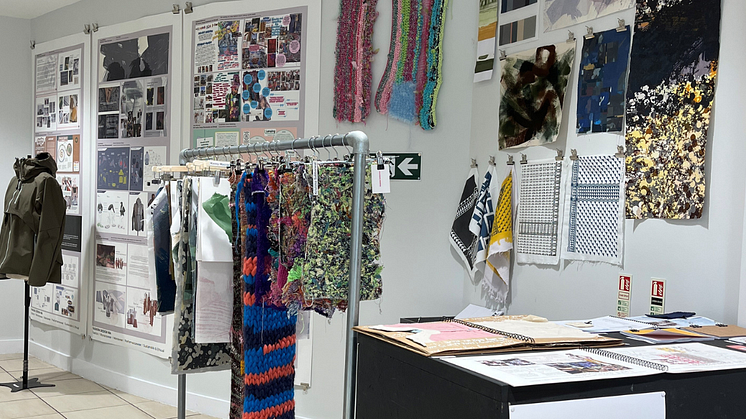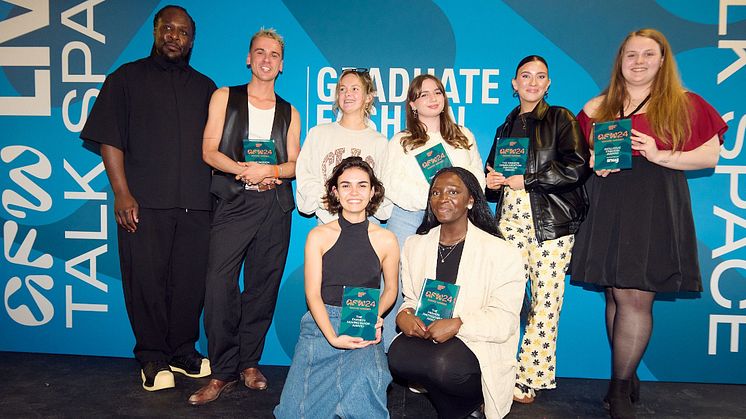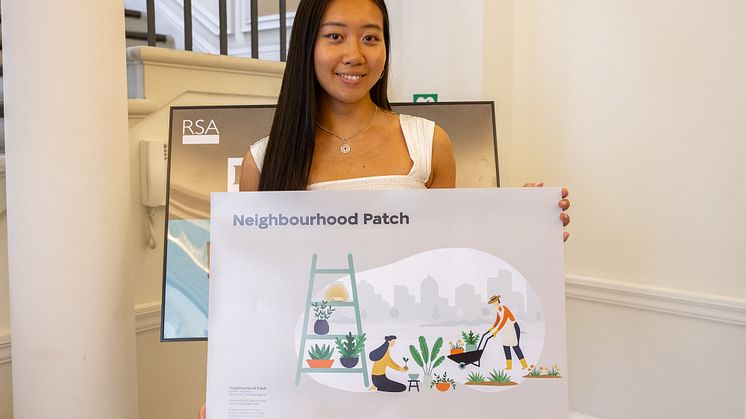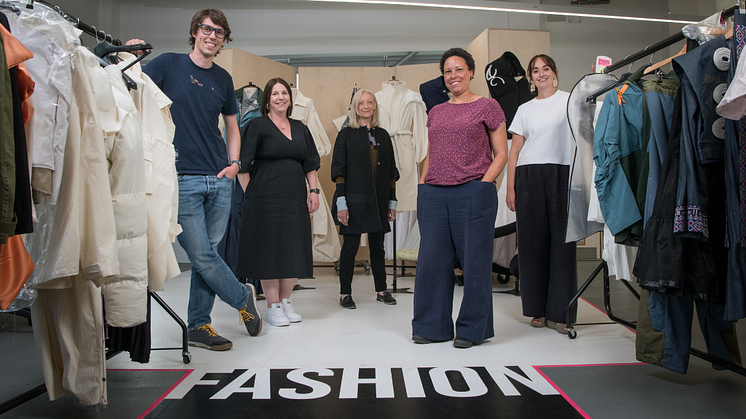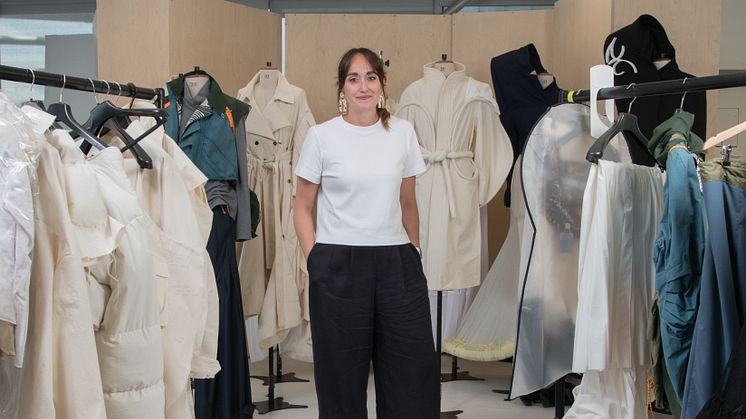
Press release -
EXPERT COMMENT: Fashion industry’s environmental impact is largely unknown – here’s why
Dr Alana James, Assistant Professor in Fashion at Northumbria University, discusses the environmental uncertainty facing the fashion industry.
How do the clothes you buy wear out the natural world? To take stock of the damage you have to account for the materials, water and energy that went into making a garment, and the greenhouse gas emissions, chemical pollutants and other byproducts associated with its disposal.
For example polyester, a kind of plastic widely used in T-shirts, is made from oil – a fossil fuel. If you throw it out it degrades slowly, and chemicals from its dyes and surface treatments leach into the soil.
The UK consistently buys more garments than any other European country, spending more than £45 billion (US$56 billion) annually. Fast fashion, an industry trend which involves getting cheap reproductions of catwalk designs out to a mass market as quickly as possible, encourages this buying frenzy.
Much of fast fashion is known to depend on sweatshop labour and polluting factories. But alongside the demand for ever faster fashion at low prices, there is a growing awareness among consumers that something has to change.
Some firms have caught on: many brands now report their environmental footprint and have disclosed their intention to shrink it.
But how trustworthy are these assessments? My research uncovers how the fashion industry collates, analyses and assesses environmental impact data. Unfortunately, as a result of inaccurate and unreliable methods, among other issues, the true cost of fast fashion remains largely unknown.
The hidden price tag
A multitude of metrics, certification schemes and labels mark the environmental consequences of making and selling clothing. Brands have been accused of greenwashing due to the poor quality of information used in some of them.
One common product-labelling tool within the industry was the Higg Materials Sustainability Index. Introduced in 2011, the Higg Index was a rating system used by several large brands and retailers to determine and report the global warming impact and water consumption of different products, among other environmental measures.
The approach adopted by the index was challenged by the Norwegian Consumer Authority for limiting its assessment to only certain phases of a product’s lifecycle, such as the sourcing of materials. It was criticised for overlooking pollutants such as microfibres, which are released from textiles during manufacture, wear and washing. As a result, the index was suspended in June 2022.
Since then, further issues have come to light. These include:
- unreliable data – measures often rely on brands self-reporting without their information being verified by an impartial third party
- vested interests – many tools and indices are funded, or part funded, by organisations that could benefit from more positive reporting
- tunnel vision – existing methods tend to focus on only one environmental impact, such as water use or carbon emissions, while the relationship between these factors is overlooked
- paywalls – many tools require brands to pay into them. This can effectively exclude smaller businesses and limit the tool’s coverage
- lack of standards – there is no official baseline to determine acceptable thresholds of environmental footprint of any one product.
Without reliable and accurate assessments of a product’s environmental impact, consumers are left in the dark. For example, a common misconception is that cotton, being a natural fibre, is better for the environment than synthetic materials such as acrylic and elastane.
But cotton requires vast quantities of water to grow, harvest and process. A standard cotton t-shirt, for example, requires 2,500 litres while a pair of jeans consumes 7,600 litres.
One fibre is not necessarily better than the other. Rather, every material and manufacturing process affects the natural world in one form or another. With such misconceptions rife, it’s difficult for consumers to make sound comparisons. That’s why accurate measures are desperately needed.
The true cost of fashion
The complexity of fashion’s global supply chain, which spans thousands of miles from fields to shop floors, makes accurate measurements exceptionally difficult. Capturing an accurate picture of the industry’s environmental footprint will rely on a certain level of transparency across the industry. It will also require multiple sectors – including production, manufacturing and retail – working collectively towards a common goal.
An acceptable definition for “sustainable”, informed by standards and baselines, could empower consumers to make more informed decisions about their purchases. With Gen-Z labelled the sustainable generation, it is time for fashion to reform.
This article was originally published by The Conversation.
Topics
Categories
UNIVERSITY OF THE YEAR 2022 (Times Higher Education Awards)
Northumbria is a research-intensive university that unlocks potential for all, changing lives regionally, nationally and internationally. Find out more about us at www.northumbria.ac.uk
--- Please contact media.communications@northumbria.ac.uk with any media enquiries or interview requests ---








